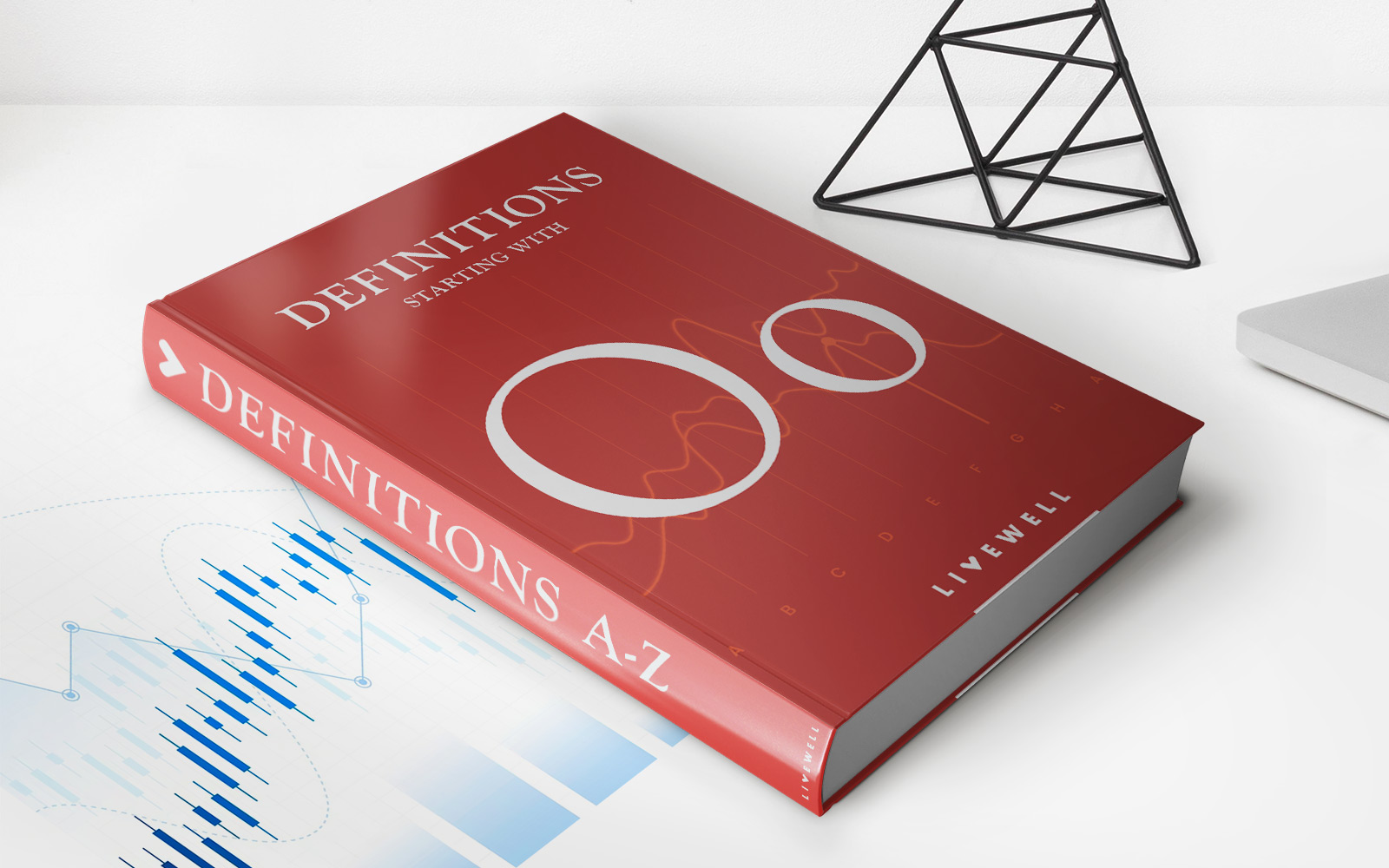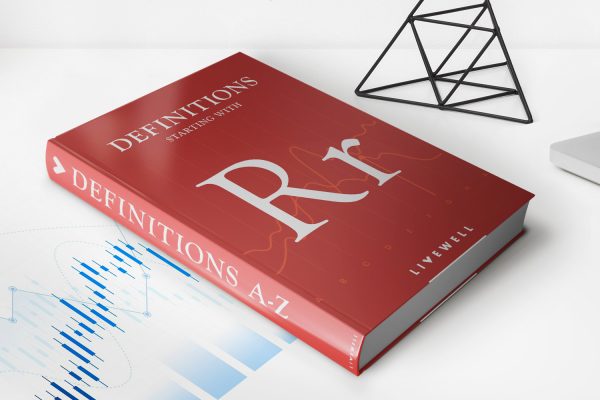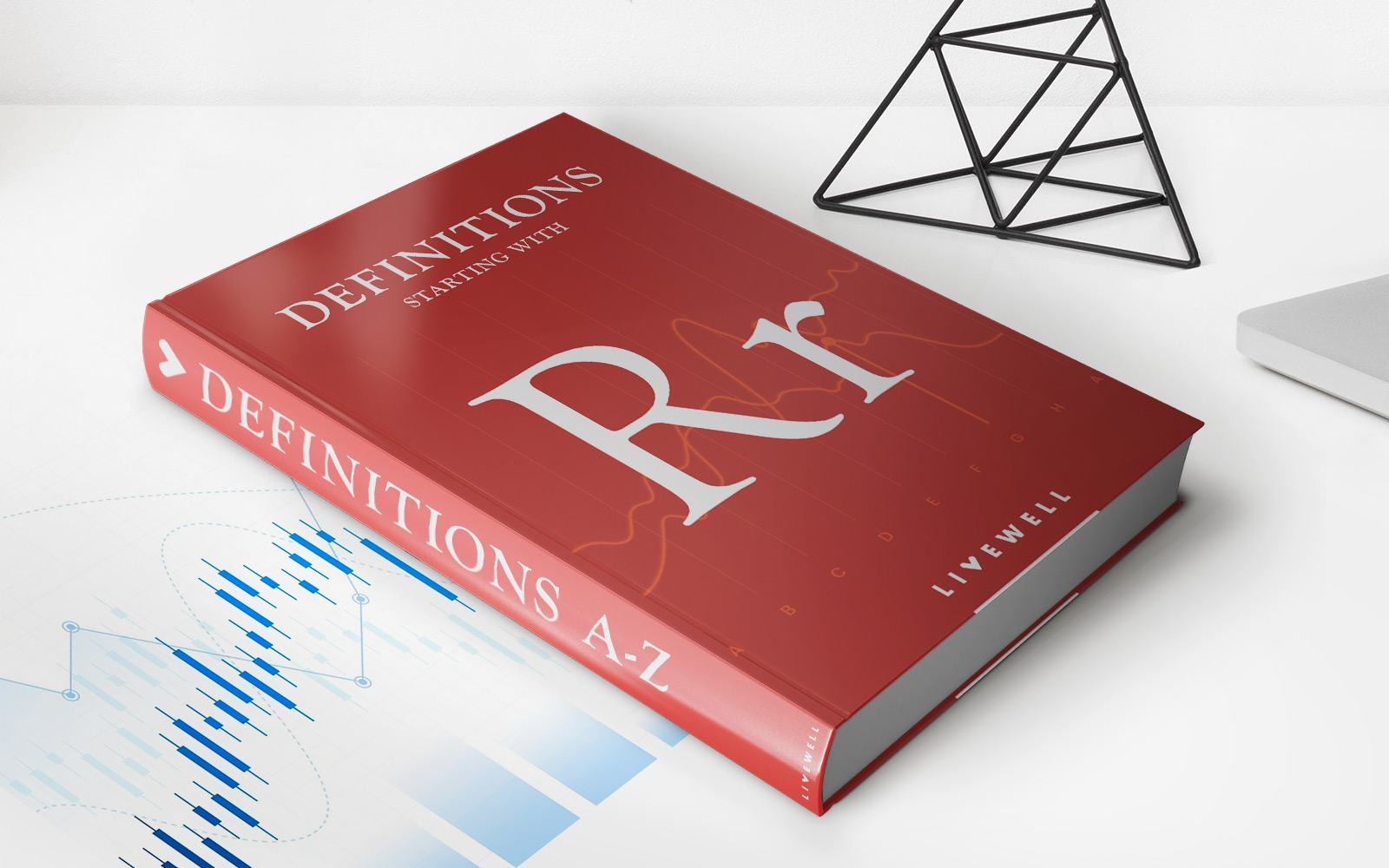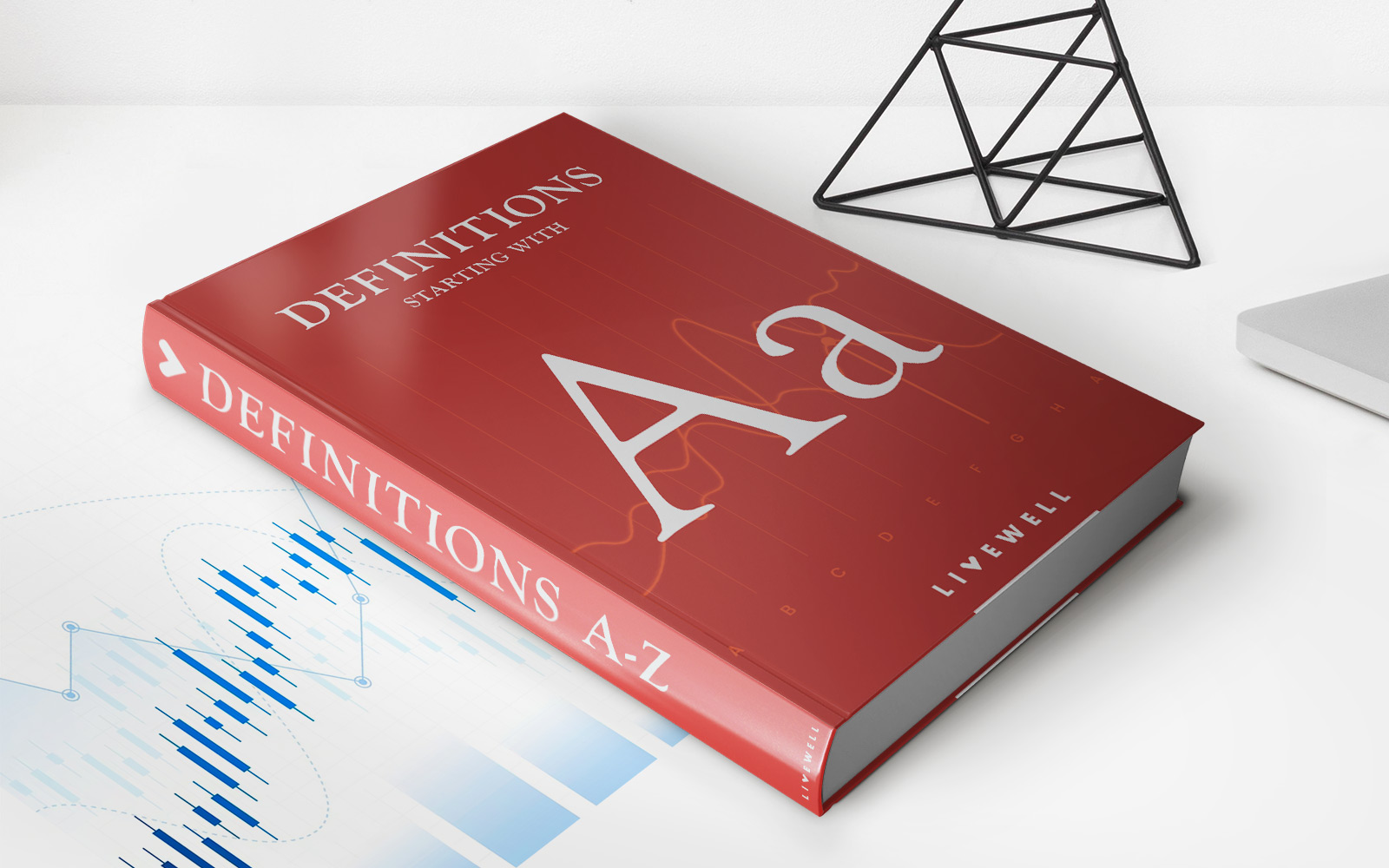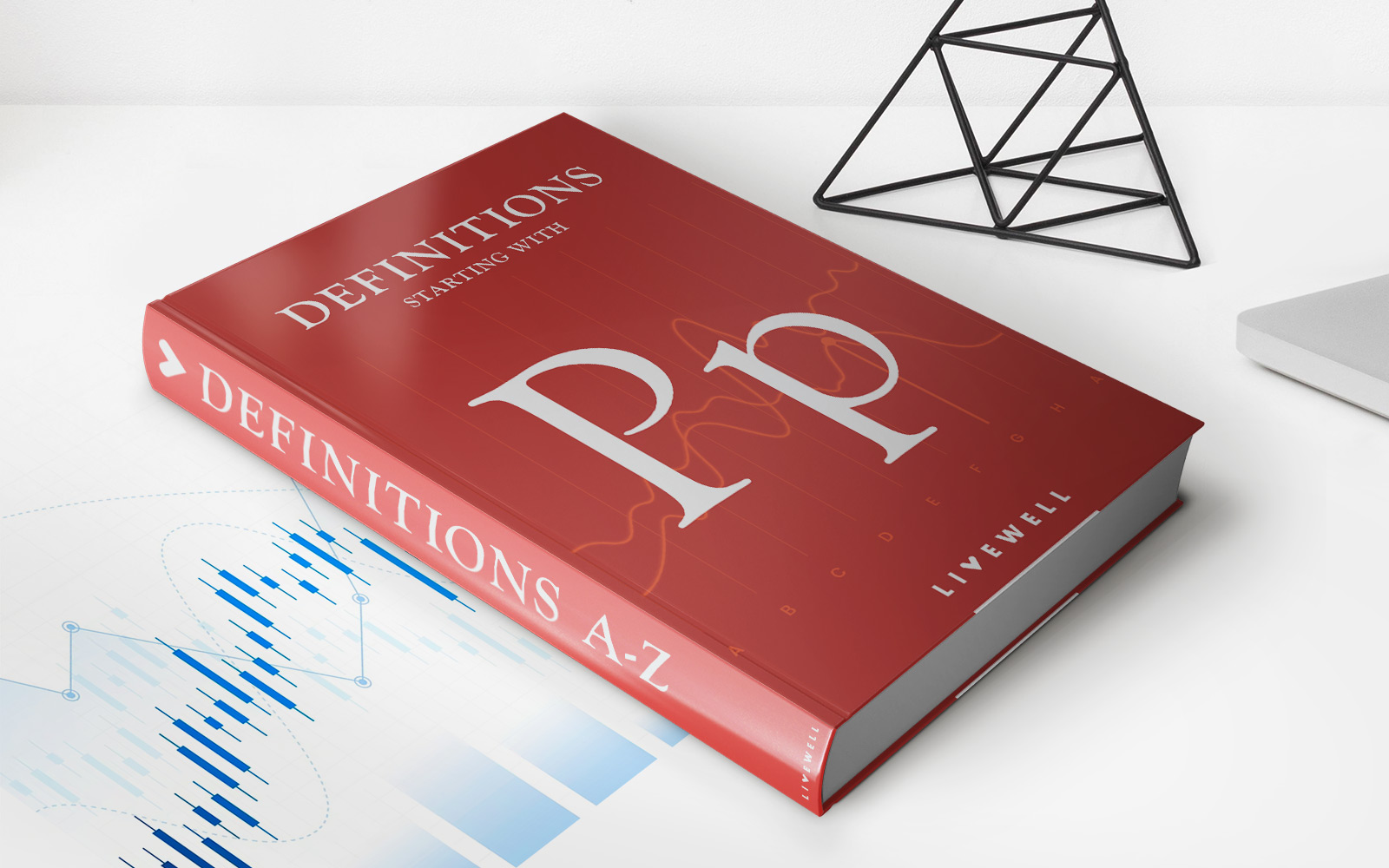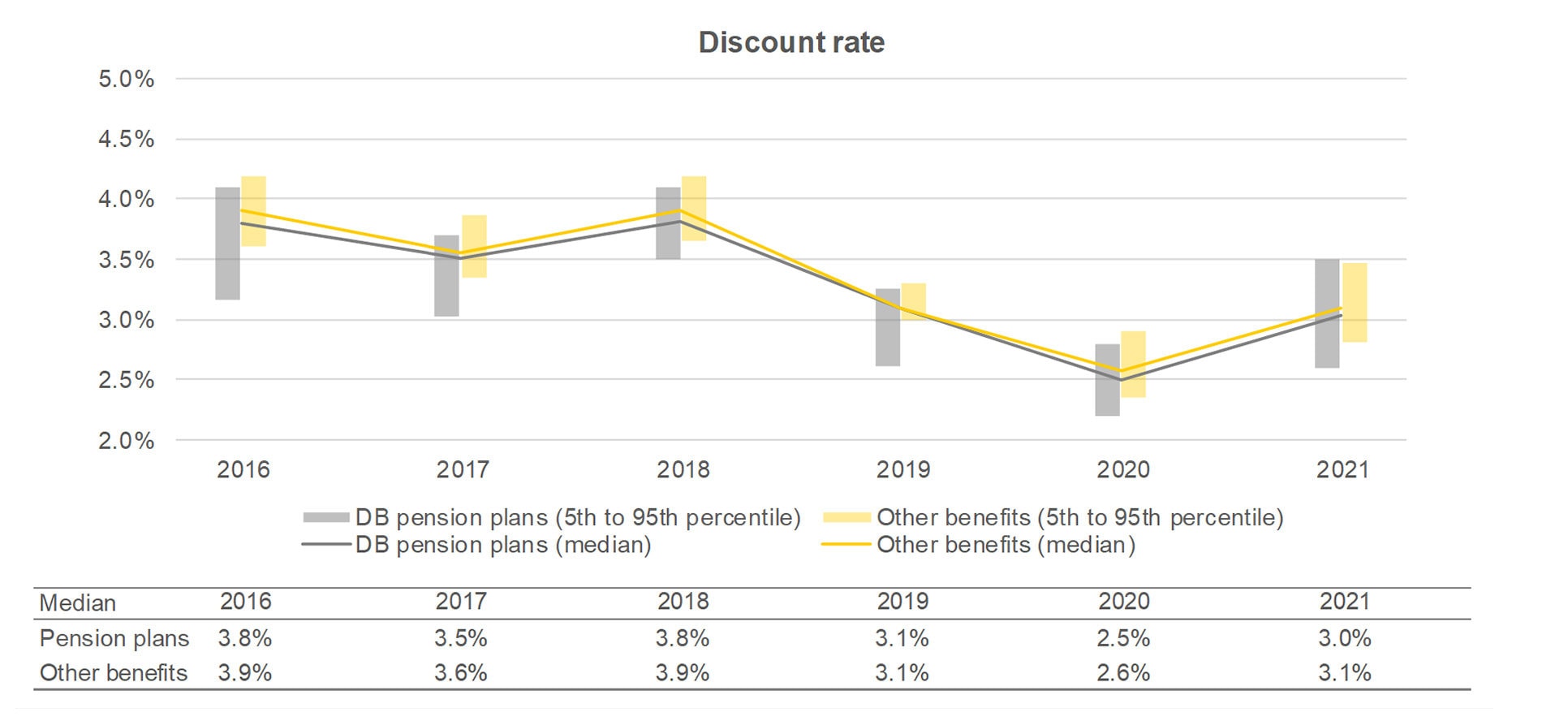Home>Finance>Roll-Down Return: Definition, How It Works, Example

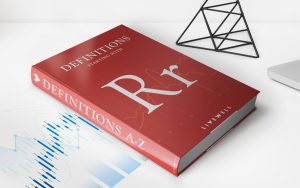
Finance
Roll-Down Return: Definition, How It Works, Example
Published: January 22, 2024
Learn the definition, working principles, and see an example of roll-down return in finance. Understand how it impacts your investments and financial planning.
(Many of the links in this article redirect to a specific reviewed product. Your purchase of these products through affiliate links helps to generate commission for LiveWell, at no extra cost. Learn more)
Roll-Down Return: Definition, How It Works, Example
When it comes to managing your finances, it’s crucial to have an understanding of various investment strategies. One such strategy that you may have come across is the roll-down return. In this article, we will delve into the definition of roll-down return, how it works, and provide you with a practical example.
Key Takeaways:
- Roll-down return is an investment strategy that focuses on capturing gains from the gradual decrease in bond yields as they approach maturity.
- This strategy involves buying longer-maturity bonds and holding them until their yields decline, resulting in increased market value and potential profits.
What is Roll-Down Return?
Roll-down return is a concept in finance that focuses on generating profits from the decrease in bond yields as they approach maturity. Bonds tend to have a fixed coupon rate, but their yields can vary over time, depending on various market conditions. This strategy aims to take advantage of the predictable pattern of bond yield decline by holding onto longer-maturity bonds until their yields have sufficiently decreased.
How Does Roll-Down Return Work?
Roll-down return works by purchasing longer-maturity bonds and holding them until they approach maturity. As the bonds get closer to their maturity date, their yields gradually decrease. This decrease in yield leads to an increase in the market value of the bonds. By selling the bonds at this point, investors can realize a profit.
Here’s a step-by-step breakdown of how the roll-down return strategy works:
- Identify and purchase longer-maturity bonds with a high coupon rate.
- Hold onto the bonds until they approach maturity.
- As the bonds get closer to maturity, their yields start to decline.
- The decrease in yields increases the market value of the bonds.
- Sell the bonds at this point to capture the roll-down return and generate profits.
Example of Roll-Down Return
Let’s say you purchase a 10-year bond with a coupon rate of 5%. As the years progress, the bond’s yield gradually decreases due to market factors. By the 9th year, the bond’s yield has fallen to 3%. At this point, the market value of the bond has increased significantly. As an investor, you can then sell the bond and capture the roll-down return by realizing a profit from the increased market value.
It’s important to note that roll-down return is not without risks. Fluctuations in market conditions and interest rates can impact the success of this strategy. As with any investment strategy, careful analysis, research, and monitoring are crucial to make informed decisions.
So, the next time you come across the term roll-down return, you’ll have a better understanding of what it means and how it can potentially benefit your investment portfolio. Remember, it’s always a good idea to consult with a financial professional before implementing any investment strategy.
